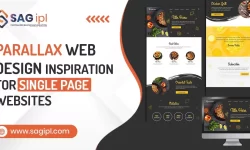Average visit duration is the average time spent by users on your website, irrespective of the time spent on individual website pages. You can find out this figure in the Google Analytics account of your website or with any other analytics tool.
Low average visit time leads to an increase in the bounce rate of the site, which is the rate by which users leave a site after checking only one page. Low session duration is also a major reason for low conversions on the site.
The average time spent by users on your site depends on the type of content you are offering. If you have a long article or blog post on your website but users are spending only a few seconds on it, then it’s probably a reason for concern. If you want to know how to increase session duration on the website, this blog is for you.
Why Do You Need to Increase User Visit Duration?
The average time spent by users on your website is a clear indication of many things. The first and most important thing it indicates is the value and quality of your site.
A good quality site that provides value to its users is likely to witness better session duration. If visitors are leaving your site or pages very quickly, then there must be something wrong with the website.
Another reason is the increased bounce rate, which in turn decreases the conversion rate of your website.
Also, know these Google Analytics Alternatives to track back your website traffic.
How can We Increase Session Duration on Website?
Here are a few tips that can help you make your visitors stay longer on your website and increase session duration.
1. Employ an Attractive and Interactive design
If your website’s design is too complex, full of graphics and/or ads, is difficult to navigate, not user-friendly, and/or bad looking, the chances are that users will leave it immediately, no matter how good your website content.
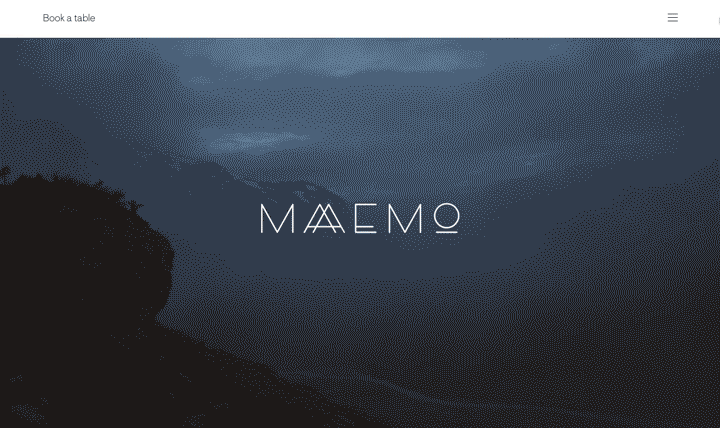
So, first of all, you need to clean up the design of your site. Make sure that it is easy enough to find information on your website.
If you are not sure how to do it, hire a professional designer to get it done.
Some features of a good website design include readable font size, attractive colours, easy navigation, user-friendly layout, proper interlinking, matching link colours, minimal and attractive graphics, fast page load speed, and less clutter.
2. Improve the readability of your web pages and text
Readability indicates how easy it is for users to find and read content on your website.
It is affected by many factors like font size, font type, background colour, font colour, length, and complexity of sentences, sentence formation, language, grammar, placement of ads, and use of relevant words within the text.

Make sure that your website is readable with fonts large enough to read, short paragraphs and sentences, proper headings and lists, and enough white space.
3. Focus more on high-engagement pages
In normal situations, your website homepage will be the one to experience the most number of visits in a day, but if you have one or more high-engagement pages on your site that are getting more visits than others, you should focus more on improving these specific pages.
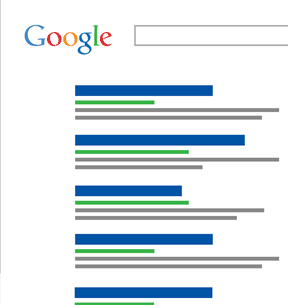
Figure out the ways to improve the quality and value of these pages, either by adding more useful content or editing the content or interlinking to other relevant pages/posts on the site or changing the page layout, design or placement of ads, etc.
Hey do you know these top changes made by google that will affect online marketing
4. Add unique, optimized, and high-quality images
Unique and good-quality images rank very fast in Google so you can generate good traffic through your website images as well.
For this, you need to create and use only unique and high-quality images on your web pages and optimize these images with proper alt tags and sizes.
Another important thing is that people love images. They are the most engaging way of representing the information.
Take the example of an infographic post where the entire content is in the form of an easily understandable image.
You can increase the engagement and average user time on your site by using attractive images.
There are websites like Shutterstock where you can find good-quality, relevant images for your site.
You can also publish self-taken photographs for better engagement. Make sure to optimize the size and dimensions of these images before using them on the website.
Make use of the free (or paid) image editing and graphic tools available online to create professional images for your site.
5. Write engaging and precise content

The text content is the most important part of a web page. It provides the actual information for which the user came to your website in the first place (unless it is an infographic, then the image itself is the content). Make sure that your website content is great.
Great content has the following qualities:
- It’s original
- accurate
- engaging
- informative
- actionable (prompts users to take some action)
- able to provide answers
- has proper headlines and subheadings
- has a clear and concise title
- able to make users think
- has necessary images and/or videos
- short and precise, and
- It is updated regularly with new information
6. Add videos whenever needed
Videos are becoming quite popular among online users nowadays, even more than images.
Millions of users are watching videos on YouTube for almost everything, including information, learning, tips, tutorials, movies, tv serials, entertainment, advertising, and more.
Videos are highly-interactive and probably one of the best methods for spreading information.
Adding relevant videos to your web pages, especially on tutorial, tips, and how-to pages can effectively increase user engagement, thus increasing the time spent by users on your website.
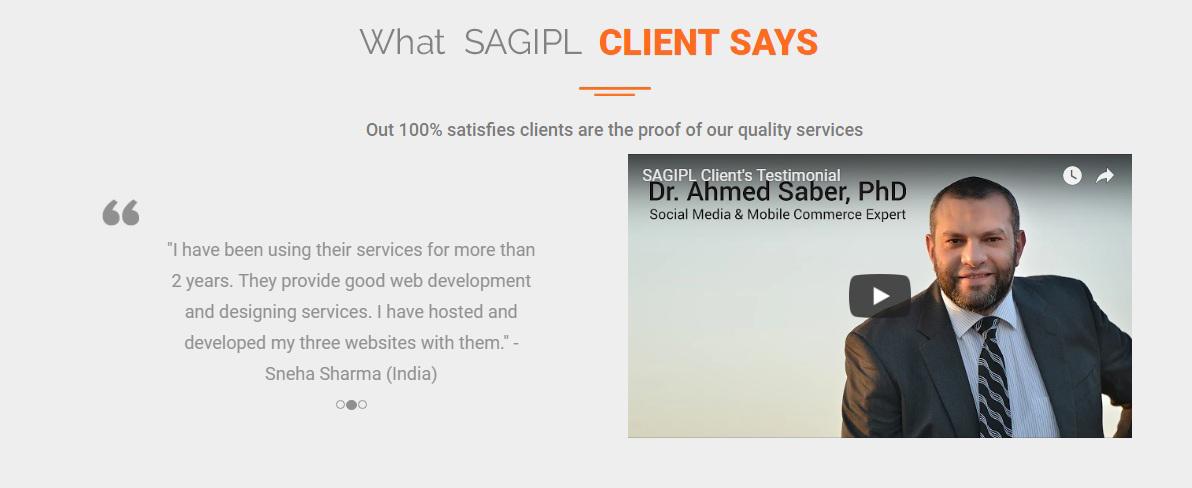
Same as every other content, videos should be unique and engaging. Youtube videos once added to your website will load on the web page itself, contributing to your site’s on-page time.
7. Internal Linking
Internal linking is the linking of relevant texts (keywords/phrases) within the content of a page to the other related pages of your website.
It makes sure that the user can find all the relevant information around that particular topic on the same page and can navigate easily throughout the website.
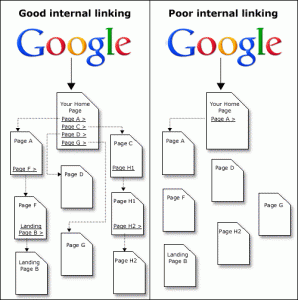
Internal linking is probably the best way to increase the average visit duration time of the website as users are likely to visit more pages of the site when they find relevant links associated with the text of a page. This is also a good technique for the SEO of your site.
8. Update content regularly
Content is something that gets old or outdated with time, and if you do not keep refreshing it with new information regularly, even the regular visitors of your website will get bored of it eventually.
Why would someone want to visit your site or spend time on it when you are providing outdated information about something?
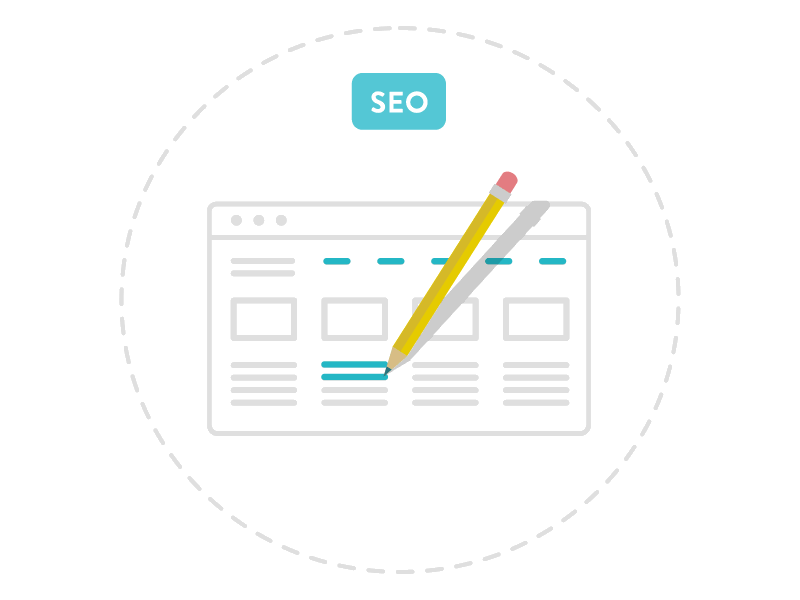
So, make sure to keep your website content fresh and updated. Use Google Alerts and other similar features to get alerts of new updates/news around the topic and update your page content accordingly.
Even if your web page has evergreen content, it will eventually get old for the user unless you refresh it with new information.
9. Include Calls-to-action and comments
As I said above, write content that prompts users to take some specific actions. The best way to do this is to include a ‘calls to action text at the end of the content.
It prompts users to share their thoughts or ask a questions through comments or share the article on social networks or take any other action.

Comments are also very helpful for increasing user engagement on a post. User comments usually lead to a healthy discussion which might include additional information to increase the value of your page.
However, users will only comment on your page if it provides good and unique information and they are curious about it.
10. Increase website credibility
It is not easy for users to trust a page’s content when there is no information about the author who actually wrote the post.
This is why, most popular blogging sites mention the author’s name, picture, and short bio along with the post. It increases the user’s trust and eventually the credibility of the website.
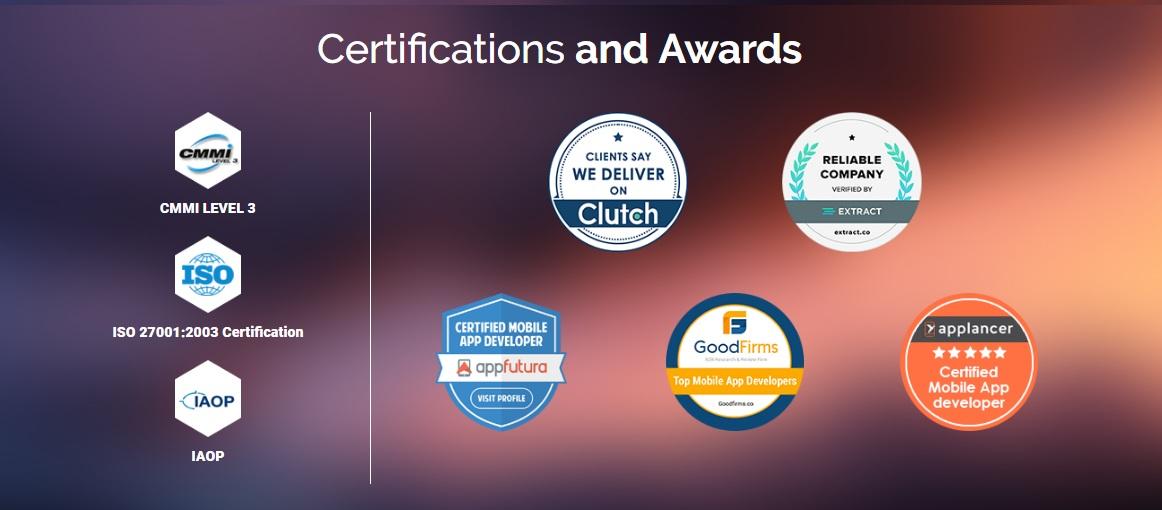
Another way to do this is to link to the social profiles of the sites and/or specific authors where the users can find more information about the person or your business.
You can also add certifications, ratings, awards, etc. to further increase the credibility of your website content.
11. Ask Question
Maintain the quality of content but in favourable conditions ask a question related to your niche, most probably in the initial stage of the article. It keeps the user engaged and also curious to know the answer.
You can also give the answer to the end of the article or you can send them to another post that has the answer already.
Bloggers and content influencers like Harsh Agarwal and Neil Patel follow this tactic to increase session duration on the website.

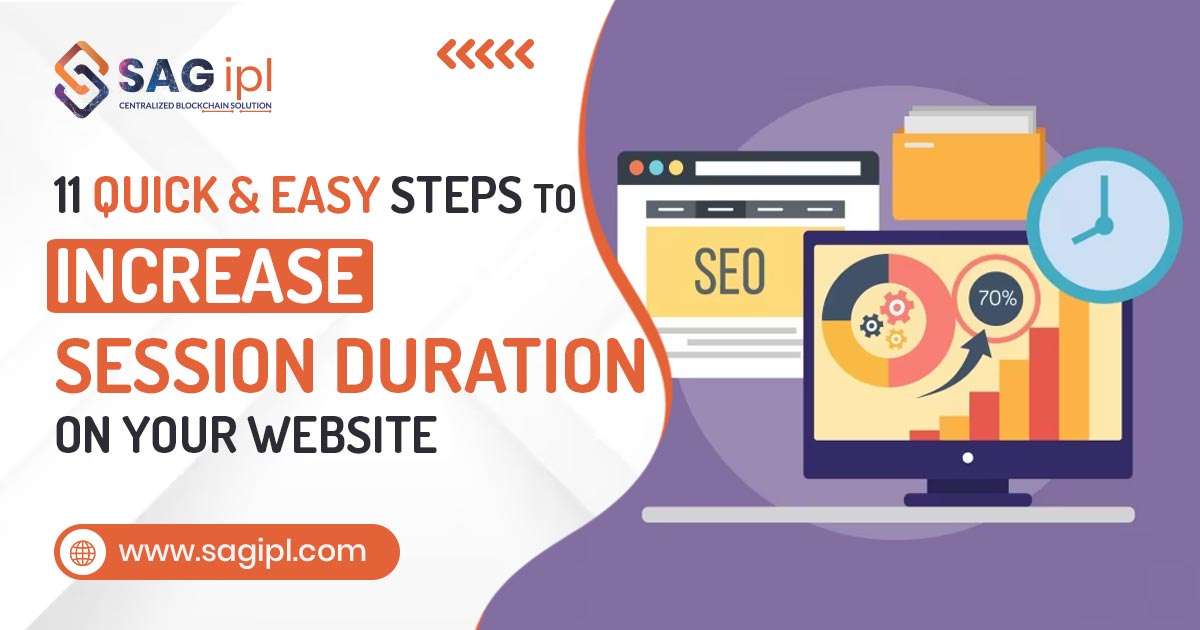



![How to Increase Mobile Page Speed [10 Ways to Improve Score] How to Increase Mobile Page Speed](https://blog.sagipl.com/wp-content/uploads/2023/04/How-to-Increase-Mobile-Page-Speed-250x150.jpg)
![Mobile-Friendly Website to Increase Business Leads [2024] Mobile-Friendly Website](https://blog.sagipl.com/wp-content/uploads/2023/07/Mobile-Friendly-Website-250x150.jpg)
